Introduction

For the 2018 BikeWale Track Day, I wanted to get my elbow down on a Yamaha YZF-R1M at the Valencia track in Spain. But then I was reminded of our budgets and my capabilities by the wide chicken strips on my Apache. So we settled for the next best thing – a Yamaha YZF-R15 on the MMRT in Chennai. The YZF-R15 V3.0 shares its platform with the Yamaha M-Slaz, a streetfighter sold only in select global markets.
What makes it special?

Its lineage. The R15 promises to be outstanding on the track, and this is not just what the company claims. Ask any person who has owned an R15 before, and they will swear by its handling capabilities. I have never ridden an R15 on the track before, but if its road manners are anything to go by, I am sure to have a blast on the V3.0. Besides, it is pocket friendly, has the right hardware and in case of a crash (which is more about ‘when’ rather than ‘if’), will be affordable to fix. Waxing eloquent over a bike is one thing, but the real satisfaction comes only after you have spent some time on a track.
What I think it can do

With Yamaha claiming that this is the most advanced R15 they’ve built to date, expectations are quite high. It also gets VVA, which should inject some much-needed punch in the lower rev range, making the YZF-R15 V3.0 more potent in the hands of beginners too. As for the handling, I hope Yamaha has taken the ‘don’t fix it, if it ain’t broke’ approach.
The track test

While Yamaha would like to draw your attention towards all the technological updates, they pale in comparison with the way the YZF-R15 V3.0 handles. Even though this was my first experience with the R15 on track, the bike had me in my groove in no time. Even the smallest shift in weight and counter steer was enough to tip the bike into corners. The steering is well weighed and the reaction to inputs is instantaneous. Even when you are crouched over, the handlebar positioning allows you to make quick direction changes or corrections with the lightest of effort. This also means that riding doesn’t feel tiring at all and you can spend more time on the track rather than sitting in the pits wondering why you didn’t spend more time in the gym.

The front suspension felt a little soft for the track, a compromise made to keep it street-friendly. There were a couple of instances where I took the bumpy line through C1 and even though the front wobbled, the bike didn’t veer off the line. And once you have hit the apex, you can whack open the throttle without getting overwhelmed by the power. The 19 horsepower engine gives you a spirited drive and has enough power low-down even if you enter the corner a gear higher. Through the kinks and straight between C3 and C4, I managed to hit 134kmph, which is not bad for a stock 150cc motorcycle.

Even the brakes have a good progression and feel. There is no shortage of stopping power, and the bike kept encouraging me to brake later into the corner. However, a sharper initial bite would have been much appreciated, especially considering that the rest of the package is put together so well. But then, this is again a compromise made to keep the bike street-friendly, especially with ABS not even on the options list.

Last words

For any beginner, choosing the right bike for a track day is very important. You have to be comfortable with the bike and be able to trust it completely. You need a bike that doesn’t overwhelm you, but one that isn’t a slowpoke either. It should be forgiving and easy to get out of tight spots. Some might say that is too much to ask from a motorcycle. Well, Yamaha doesn’t think so.
The YZF-R15 V3.0 is an ideal bike for any beginner who wants to spend some time on the track. Those who already have some track time under their belt might crib about the lack of power. But at the end of the day even cynics will agree that the R15 helped them hone their skills, as it allows you to focus on improving your technique rather than worrying about broken bones.

Photography by Kaustubh Gandhi
Gallery
1/18
Yamaha YZF R15 V3 Action
Double Tap to Zoom
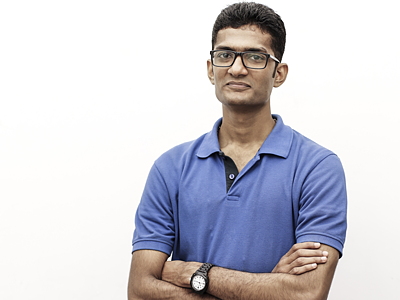










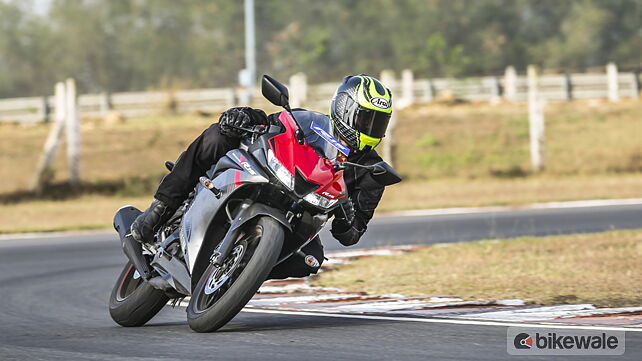












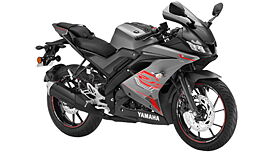
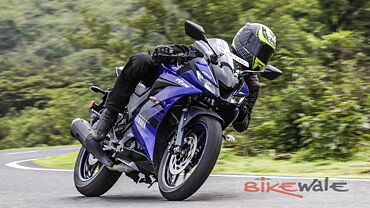


















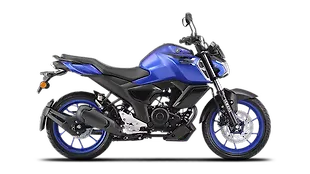




![KTM 390 Adventure X [2025] KTM 390 Adventure X [2025]](https://imgd.aeplcdn.com/272x153/n/cw/ec/190885/390-adventure-x-2025-right-side-view.jpeg?isig=0&q=80)